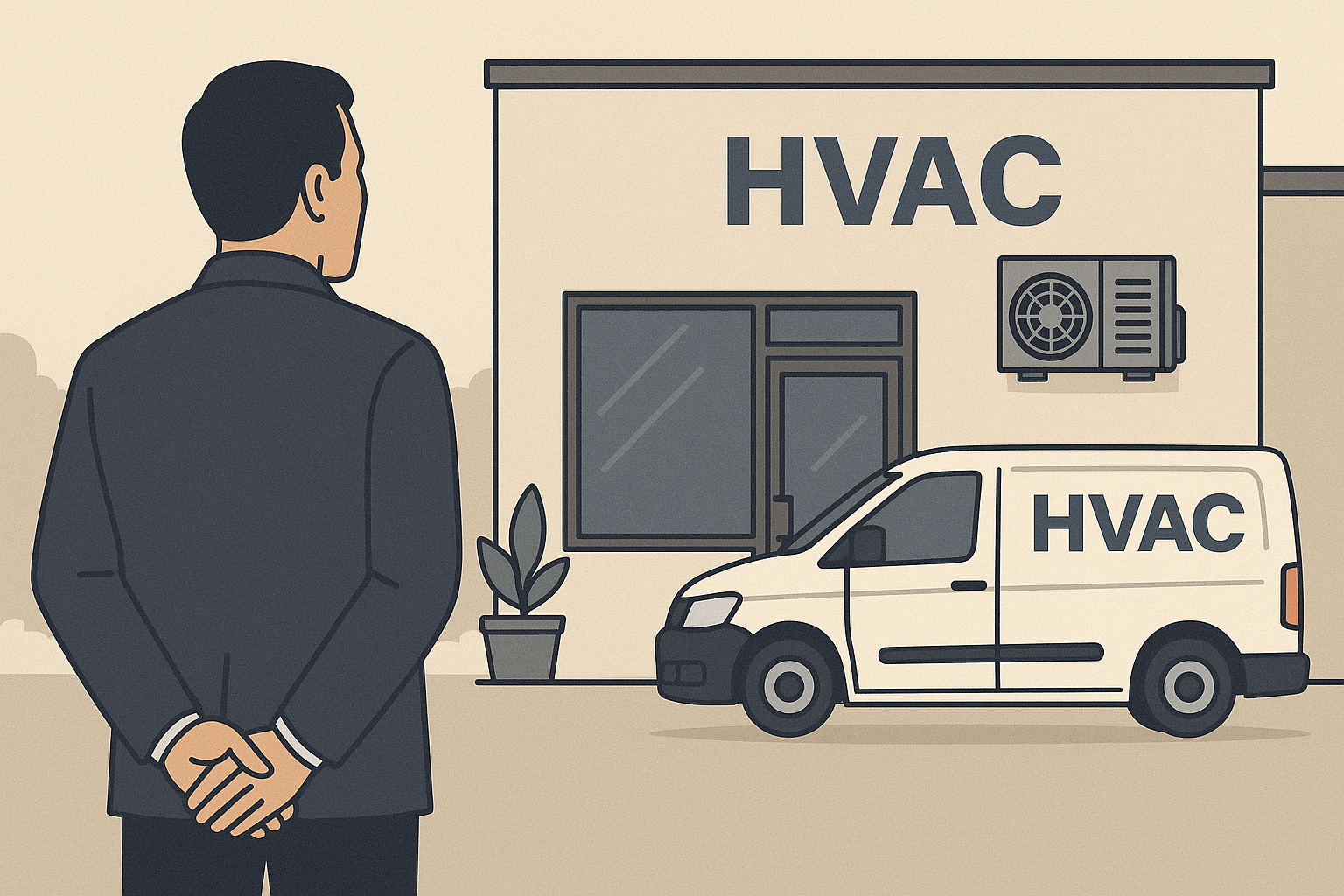
Who Will Buy Your HVAC Business?
If you’re an HVAC business owner thinking about selling—now or down the road—one question you might have is: Who will…
A lot of words are tossed about in business circles, but one word that often is misunderstood is “lien.”
According to Investopedia, a lien “is the legal right of a creditor to sell the collateral property of a debtor who fails to meet the obligations of a loan contract. A lien exists, for example, when an individual takes out an automobile loan. The lien holder is the bank that grants the loan, and the lien is released when the loan is paid in full.”
Liens often get overlooked in the small print, as those taking out loans tend to pay closer attention to the repayment terms and interest rates.
Liens may often be misunderstood, but it’s crucial to know or follow who has liens against your business – especially who is in the first lien position.
Whoever is in first lien position against your company is the first to be repaid if you default on your loan. Because liens are filed in succession, whoever is the second lien holder only gets paid after the entity in the first position is paid off. A third lien holder gets paid after the second lien holder – and so on.
Lenders who take secondary lien positions know they face additional risks, which means they’re going to charge borrowers higher interest rates.
What this all means is that the first lien position is a valuable asset – and should never be given away lightly, because it can limit your future financial flexibility. For example, say your company has $1 million in assets, and a lender offers you a $50,000 loan, but takes a first position lien. For a relatively small loan, you’ve sacrificed a valuable asset.
If you’re giving up first lien position on some of your assets, make sure you’re getting all the money you need – and at a good price. That’s because the interest rates on subsequent loans are going to be higher since the lender is assuming a greater risk of not getting paid.
Also beware of blanket liens, which give lenders the right to seize all of a borrower’s assets instead of a single asset if there’s a nonpayment. These kinds of liens are common with cash advances and other short-term loans; they can be extremely dangerous for small-business owners because they might prevent you from making other transactions
Take care to know what the lien is filed against. If you lease equipment, the company probably will have a lien on its own equipment, not your business.
That brings us to the subject of checking for liens. Be aware that there’s a legal obligation for lenders to file what’s called a UCC-1 financial statement if they hold a lien on a borrower’s assets. You should always check to make sure the liens filed are what’s specified in your loan agreement; make a lien search and examination part of an annual debt review.
There are a couple ways to check for liens against your company.
One way is to search your state’s Secretary of State website for the name of your business. You also can pay a small amount to have a professional search completed by a local law firm, title company or one of the major credit bureaus.
It’s not uncommon for old liens that have been paid off for months (and even years) to still be on file. Make sure those liens are removed from your records.
In conclusions, liens are an unfortunate, but often necessary cost of doing business. By doing a bit of research and due diligence, you can make sure their impact to your company is minimal.
Notifications
